The Rise of Britannia, Part I: From Backwater to Chaotic Kingdom to Raiding Empire
How did Britain do it? Let's look at its humble beginnings
The history of empire is the history of power—how it is built, wielded, and passed on. Among the world's great empires, besides the American Empire “Rules-Based International Order”, none were as expansive or influential as the British Empire. It was the first truly global empire, reshaping continents and creating geopolitical legacies that still shape modern conflicts—from Israel-Palestine to the India-Pakistan divide, from Burma’s instability to the multicultural patchwork of nations like Malaysia, Iraq, and Nigeria.
While empires like the Spanish, Portuguese, Dutch, French, Ottoman, Songhay, Kongo, Omani, Ethiopian, Mughal, Mongol, Chinese, and Persian wielded vast power, none matched Britain’s mix of formal control, informal influence, industrial might, and global reach.
To understand how Britain’s empire shaped the world—and ultimately laid the groundwork for America’s dominance—we must first examine England’s origins.
#1: How did England Begin?
Before England ruled an empire or was invaded by the Romans, it wasn’t even a unified country. England was inhabited by Celtic tribal Europeans like the Iceni, Trinovantes, Catuvellauni, and Brigantes. Each tribe had their own territories, war leaders, and loose confederations—clan like in structure, with kinship ties determining status and leadership.
Roman Britain & The Anglo-Saxons (43 AD–1066 AD)
When Emperor Claudius invaded in 43 AD and defeated the tribes, Britain became the Roman province of Britannia. Tribal leaders were killed, co-opted, or turned into Roman style governors under Roman oversight. Tribal identities were weakened by urbanization taxation, and integrated in the imperial system. Britannia remained under Roman control until 410 AD, when Germanic invasions forced Rome’s withdrawal.
With Rome gone, the island fragmented. Angles, Saxons, and Jutes—Germanic tribes from modern-day Denmark, Netherlands, and Germany—established competing kingdoms, known as the Heptarchy: Wessex, Mercia, Northumbria, Kent, Sussex, Essex and East Anglia.
For centuries, these kingdoms fought each other and Scandinavian Viking invaders from Denmark and Norway, who controlled parts of England under Danelaw (9th–10th century).
The Rise of Wessex & England’s First King (871–939 AD)
Alfred the Great (r. 871–899) of Wessex led England’s resistance against Viking conquests, strengthening defenses and translating key texts from Latin to Old English. His grandson, Æthelstan (r. 924–939), defeated rival kings and became the first ruler of a unified England.
But unity was fragile—England remained locked in struggle with Viking forces, making it a continued Knife-Edge Death-Match between Anglo-Saxons and Scandinavians.
The Norman Conquest (1066 AD)
In 1066, William the Conqueror, Duke of Normandy, (Normans descended from Scandinavian Vikings who had settled in France), invaded England and won the Battle of Hastings, establishing Norman rule.
England now had a French-speaking elite—Norman lords who reshaped the kingdom’s language, laws, and aristocracy.
William expanded English control into Wales and Scotland, while his son, Henry I (r. 1100–1135), conquered Normandy, uniting England and northern France.
Starting from Norman conquest, William conducted the Domesday Book (1086), a survey of all land, which helped institute a centralized feudal system. Power now flowed from the King, not from kinship or tribal alliances. English society now structured from titles, landholding, and service to the crown, not blood ties or clan loyalties.
But stability didn’t last—after Henry’s death, England plunged into a civil war known as "The Anarchy" (1135–1153), a 20-year period of chaos and disputed rule.
#2 How Did England’s Rivalry with France Begin?
By the 12th century, England had clawed its way out of civil war and was now eyeing expansion. But there was one problem: France. England’s long-standing feud with France was about to begin with thuggish conflicts over land.
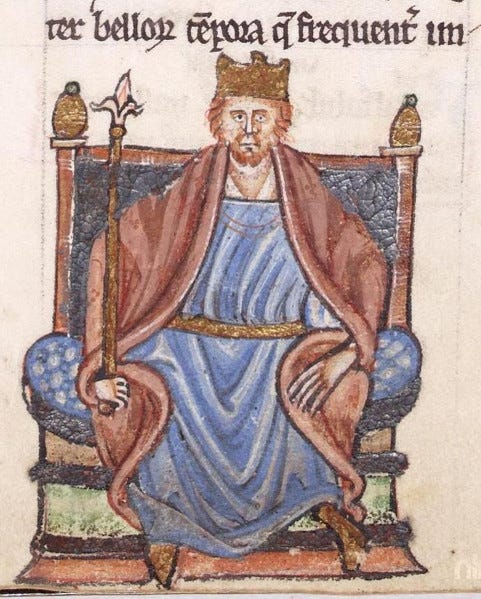
Henry II & The Angevin Empire (1152–1189)
The seeds of the Anglo-French rivalry were planted when Henry II (r. 1154–1189), a French speaking noble by birth, became King of England. Through inheritance and marriage, he controlled an empire stretching from Normandy to the Pyrenees (border of France & Spain) and even parts of Ireland.
This made England’s King one of the most powerful rulers in Europe—more powerful than the King of France himself. The French monarchy saw England’s vast continental holdings as a threat and sought to reclaim them.
However, his sons—Richard the Lionheart (1189–1199) and John Lackland (1199–1216)—lost most of these lands to the French.
Probably the best thing about John was that he was forced to sign the Magna Carta in 1215. This charter established that the King could not impose his will arbitrarily. It affirmed that the king was subject to the law, required baronial consent for taxation, and made legal protections for the nobles. Some historians make this document seem as if it was a crowning moment of human civilization, but in reality, there were a couple documents at the time that imposed similar checks on royalty. For example, Hungary’s Golden Bull of 1222, which had stronger checks on the King; one of its provisions allowed nobles to resist the King if he violated the law.
However, although they lost French territory, Edward I was able to conquer Wales in 1282. In the early 1300s, the English Kings tried to expand control to Ireland, Scotland, and France again.
During this time, the common law system, the Church, and institutions like Parliament dissolved clan-like ties. Judges, Bishops, and Sheriffs were appointed by the king - not clans or regional powers.
The Hundred Years’ War (1337–1453)
The Hundred Years’ War (1337-1453) wasn’t just about dynastic claims — it was a brutal trade war dressed up as noble warfare. England and France fought over land (England had a feudal claim over Normandy & Aquitaine in modern day France), trade routes, and wool markets. They even battled through the Bubonic plague, which wiped out half of Europe.
In this war, even though the French had more people, England was more organized and had alliances with many petty princes on French territory. The English used French people to wage war on the French King.
These wars formed a proto-national identity for the English and French. National heroes were made like Joan of Arc and Henry V.
These wars were so important that Shakespeare immortalized one of the Battles in the Hundred Years’ war when he wrote about The battle of Agincourt in his play Henry V, written in 1599.
By 1453, England lost nearly all its French territories, except Calais. After this war, France consolidated to a strong Kingdom, while England was still attempting to exert influence on the Scots, Welsh, Irish, and, of course, the French.
#3 Was it Inevitable that England would be the land that conquered the world? Did it seem inevitable from the start?
I wouldn’t say so... In the 15th century, England was far from the global power it would later become. If one had to predict the dominant empires of the future, the safe bets would have been Portugal or the Spanish kingdoms (Castile and Aragon), both of which were expanding into Africa and the Americas.
Other strong contenders included the Ming Dynasty in China, the Mughal Empire in India, and the Ottoman Turks, all of which were arguably wealthier, more centralized, and militarily stronger than England at this time.
During the 15th Century, England was plunged into yet another bloodbath: The War of Roses (1455-1487). This brutal power struggle between the Houses of Lancaster & York was the real life Game of Thrones/A Song of Ice & Fire.
The war fractured the kingdom, weakened the economy, and delayed England’s overseas expansion.
Only after Henry VII’s victory over Richard III at Bosworth Field (1485) did England begin stabilizing under the Tudor Dynasty.
#4 Was the English Empire Competent once it learned to stop killing itself?
For much of the 1485–1588 period, England was not an effective empire-builder compared to Spain, Portugal, or the Dutch. While these nations were carving out lucrative overseas empires, finding gold and silver, and securing strategic trade routes, England was distracted by internal politics, religious turmoil, and failed colonial experiments.
Henry VII (1485-1509)
Unlike Norman kings before him, Henry VII was a native English speaker, though he also spoke French and Latin.
Unlike Spain and Portugal, which aggressively pursued overseas expansion, Henry VII was focused on stabilizing his rule after the Wars of the Roses. Later in 1497, he financed John Cabot’s voyage to Newfoundland, but unlike Spain’s conquests in the Americas, England found no gold—just fish, hawks, and cold waters. Henry VII failed to follow up on Cabot’s discoveries, missing out on early colonial competition.
Henry VIII (1509-1547)
Henry VIII had six wives. Every Briton can remember what happened to them — "divorced, beheaded, died, divorced, beheaded, survived"
In 1517, was one of the most explosive moments of European History - The Protestant Reformation. This made Henry VIII more interested in power struggles within Europe than overseas expansion.
Protestant reform in England began in 1534, with Henry VIII’s break from the Catholic Church and establishment the Church of England. Why? He wanted to annul his marriage with Catherine of Aragon, and the Catholic Church wouldn’t allow it. He also wanted to sell church land to enrich himself.
After he created his religious denomination, he broke up monasteries, confiscated Church land, and sold it to finance his wars & pay his debts. His wars against France and Scotland drained resources, and while he did build up England’s navy, this was more for European conflicts than colonial expansion.
During his reign:
1541: Henry declared himself King of Ireland, though English control remained limited to Dublin and surrounding areas. He was hell bent on ending Catholicism in Ireland.
He fought costly wars against France and Scotland, gaining little.
Meanwhile, Spain conquered the Inca Empire (1532), discovered vast silver mines in Potosí (modern Bolivia). That silver led to massive inflation in Spain, but they used the mines to fund its wars and expand in the Americas. Meanwhile, England was still struggling to assert itself on the European continent.
Edward VI (1547-1553)
Edward VI was a child when he ruled, so in fact, England’s realm was largely ruled by his uncle Edward Seymour.
Edward VI (r. 1547–1553) advanced Protestant reforms (making Prayer more Protestant), but his reign was marked by domestic unrest (Western Rebellion of 1549) rather than imperial expansion. However, under his monarchy, England took early steps in global trade.
In 1553, English merchants made the Guinea Company to bypass Portuguese control of West African trade, launching an expedition to the Guinea coast (modern Guinea, Ivory Coast, and Ghana) in search of gold. There wasn’t interest of conquering West Africa because African tropical diseases murdered Europeans. Until treatments were made in the 1800s, Black Africa was seen as the “White Man’s Grave”.
Portugal destroyed the expedition to ensure its monopoly on African trade. That same year, English investors, seeking a Northeast Passage to China, financed a voyage that instead established direct trade with Russia.
Edward died before becoming 16 years old, and Lady Jane was crowned as queen. Her reign lasted nine days until Mary I showed up with an army. Nobles abandoned Jane and then proclaimed Mary as queen.
Mary I Tudor (1553-1558)
Mary I ("Bloody Mary") attempted to restore Catholicism, marrying Philip II of Spain, but her foreign policy backfired.
- 1556: Mary confiscated the estates in the Gaelic Irish regions of Laois and Offaly. She made fortified towns like Philipstown (Daingean) and Maryborough (Portlaoise) to serve as military outposts.
- 1558: England lost Calais, its last territory in France, ending its medieval ambitions on the continent.
She also continued the Guinea trade. One of her explorers, John Lok brought five Africans to England. At this time, the Guinea Company just sought gold and ivory (slave trading came later).
Portugal hated this since it claimed a monopoly on African trade, so Portugal attacked English ships to enforce its trade hegemony.
#5 When did England get its act together?
I would say when Elizabeth I came to power.
Elizabeth I (1558-1603)
Under Elizabeth I, England finally took serious steps toward global competition, though much of its expansion relied on piracy, privateering, and failed colonies rather than well-organized empire-building.
Elizabeth pursued her own “El Dorado” after watching Spain grow rich from its territories in Peru, Bolivia, & Mexico. Empire-building became both a tool of wealth and Protestant resistance against Catholic Spain.
Pirating from Spain:
With Spain dominating global trade, in 1578, Elizabeth sponsored privateers like Francis Drake and John Hawkins, who raided Spanish treasure fleets in the Spanish Caribbean & America, like Cartagena & Santo Domingo. The Spanish called them “Pirates!” This is where “Pirates of the Caribbean” came from. If you ever watched the anime One Piece, many names of One Piece pirates were taken from this era. Between 1585-1604, was the Anglo-Spanish War, which was basically an extended piracy campaign.
In 1587, England founded its first colony in the Americas in Roanoke (North Carolina). The lead traveler, John White, left his wife and children there when he returned to England for supplies. When he returned in 1590, all the settlers vanished, arguably due to the Spanish.
In 1588, England defeated the Spanish Armada, securing naval dominance in the North Sea, but failed to disrupt Spanish trade. Part of the reason why England was able to win was because Dutch Protestants were rebelling from Spanish rule.
Stealing from the Spanish became national priority. From 1585 to 1604, between 100 and 200 ships a year set off to harass Spanish vessels in the Caribbean and the value of prize money amounted to 200K pound sterling a year.
France: Elizabeth supported the French Protestants (Huguenots) in the French Wars of Religion (1562-1598). Elizabeth helped Protestant King Henry IV of France against Spanish-backed Catholic League who wanted France to remain Catholic. During this time, England and France became temporarily allies to fight Spain. The war ended with France remaining Catholic.
Attempted Colonization of Ireland:
In 1569, England began colonizing Munster by seizing Irish lands. By raiding Spanish booty and selling Welsh lands, Elizabeth financed her colonial project. Between 1595–1603, The Nine Years’ War occurred in Ireland, pitting Hugh O’Neill and Irish resistance against the British crown, eventually becoming one of the world’s bloodiest conflicts at the time. The English settlers were massacred by the Irish at the Battle of Yellow Ford, due to Spain helping the Irish.
Despite her efforts, England failed to colonize all of Ireland.
Trade with Africa
By the 1560s, the Guinea Company was dead due to Portuguese attacks. Portugal disrupted England’s trading posts in modern day Ghana.
In the late 1580s and early 1590s, Elizabeth tried again with West African trading firms to modern day Senegambia, Sierra Leone, & the Guinea Coast. English explorers would sell metal goods, glass beads, weapons, and textiles to the Akan people in modern day Ghana or the Edo people of the Benin Kingdom of modern day Southwest Nigeria. The Akan and the Edo would sell mainly gold, spices, and ivory, with some slaves. But Portugal attacked these ships to enforce their monopoly.
India: Other sails to South East Asia, India, Persia, and the Arab world were made, but England was unable to make permanent settlements like the Portuguese or Dutch. The most important Asian company that Elizabeth granted a monopoly to was the East India Company in 1600.
Conclusion
England began as a backwater—raided by Vikings, Germans, and the French, and weakened by civil wars and failed campaigns in Ireland, Wales, and Scotland. It was a chaotic kingdom.
When the Tudor Monarchs came to power, establishing Anglicanism(Protestantism) and some semblance of stability, England became a relatively late bloomer to empire (compared to Portugal & Spain). It initially evolved from a chaotic state to an Pirate Empire. By the time England started to colonizing parts of the Americas, the Spanish and Portuguese colonization had already lasted for roughly a century. When England tried to maintain African settlements, Portugal destroyed them.
By 1604, with a truce with Spain, England could finally focus on what it had long struggled to achieve —becoming a true colonial power. In the next chapter, we’ll explore how it turned ambition into empire.








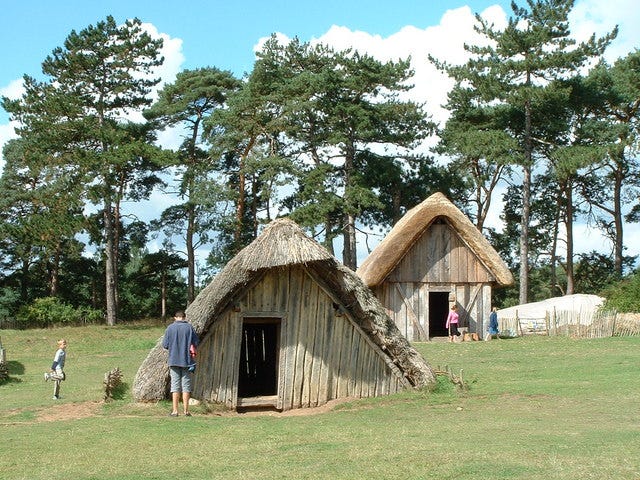

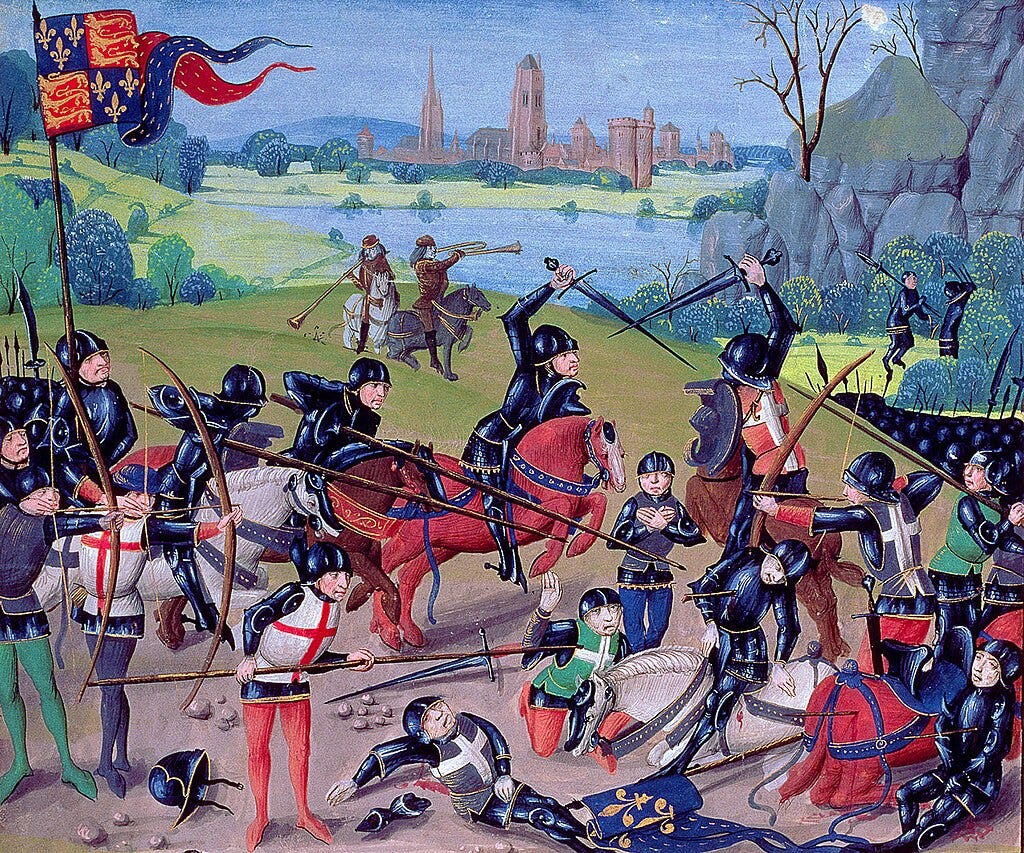


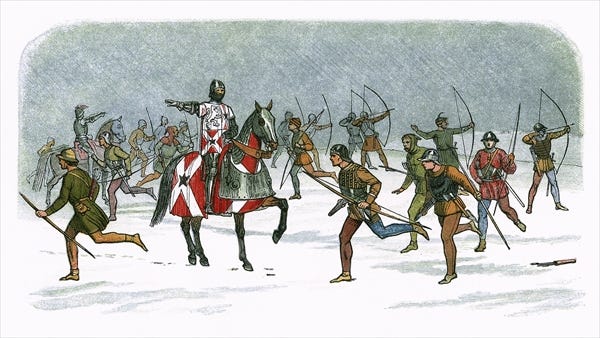
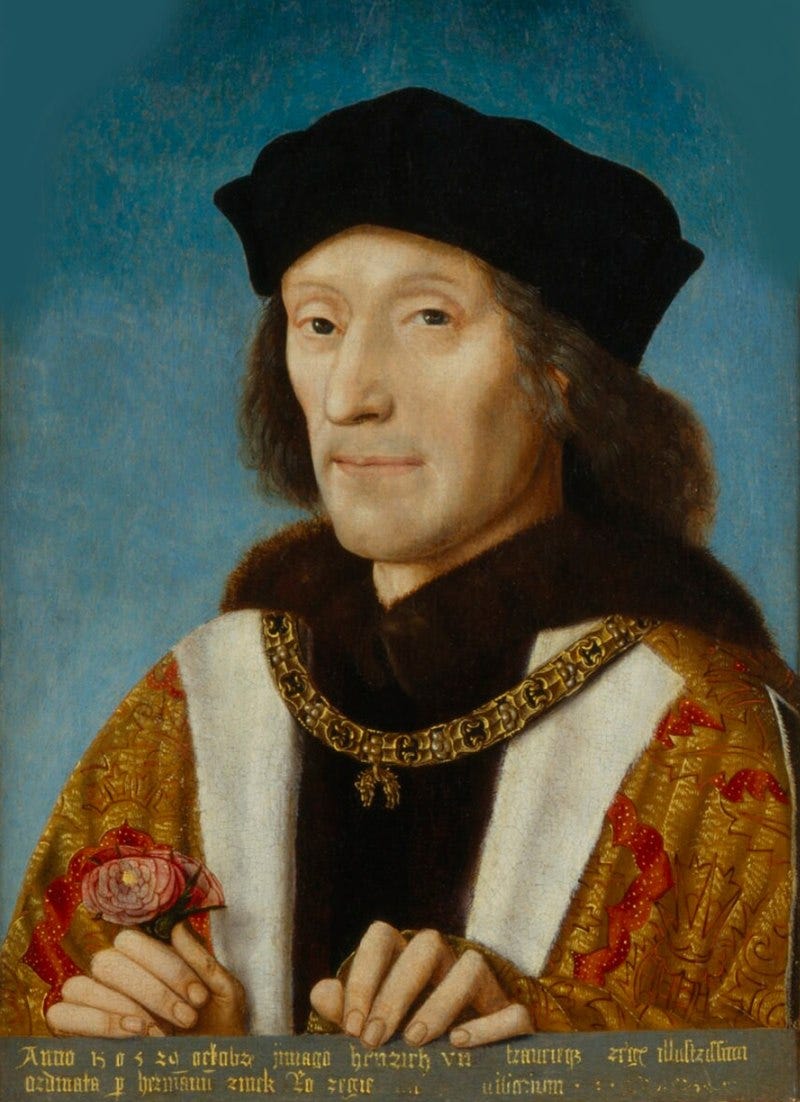
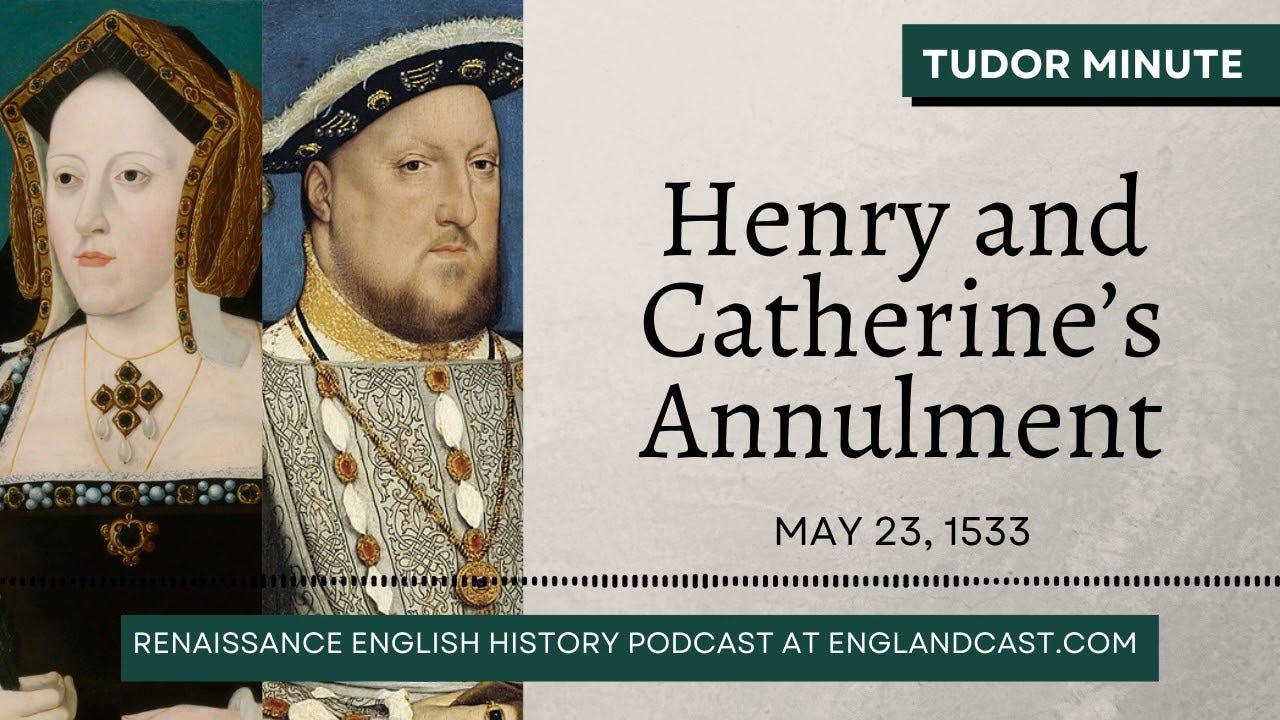
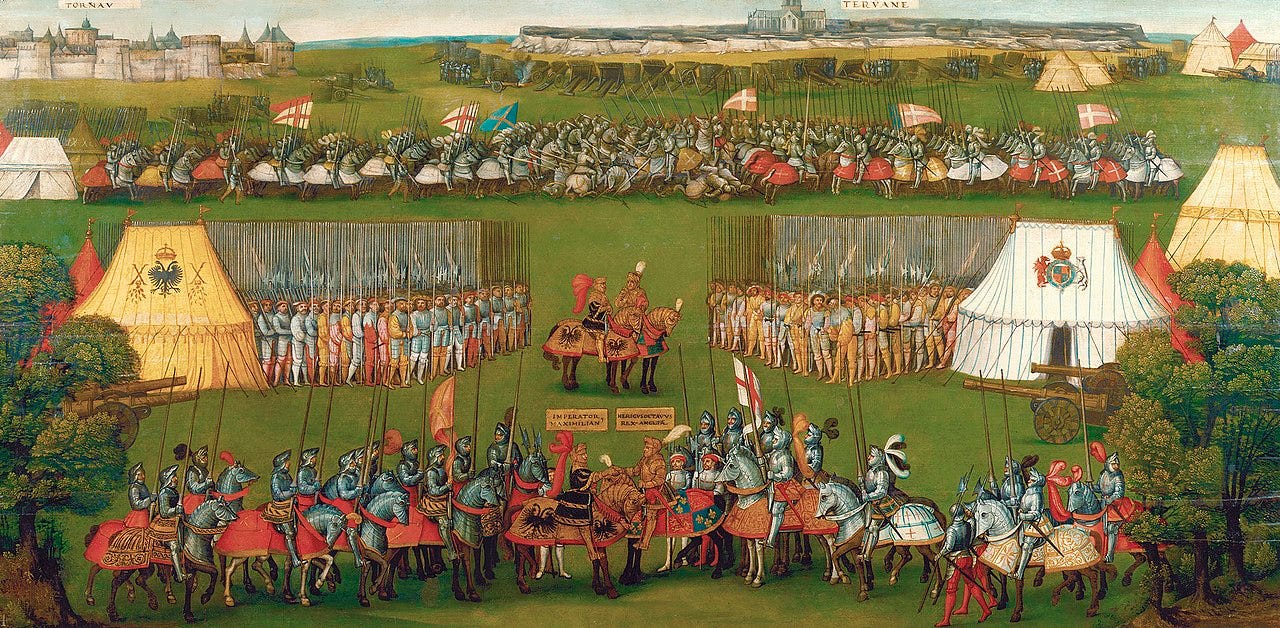
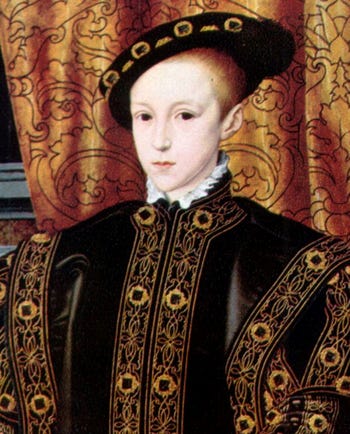
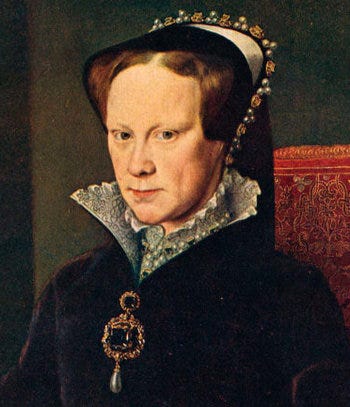
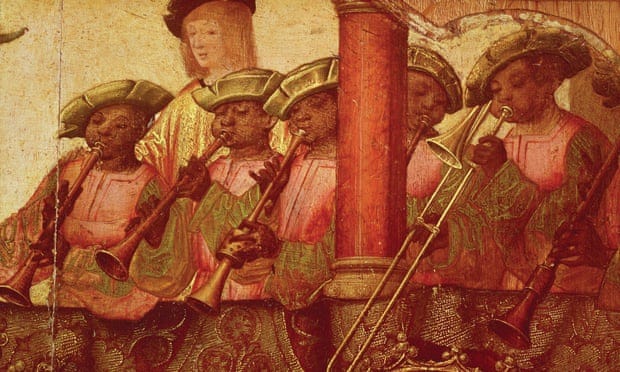
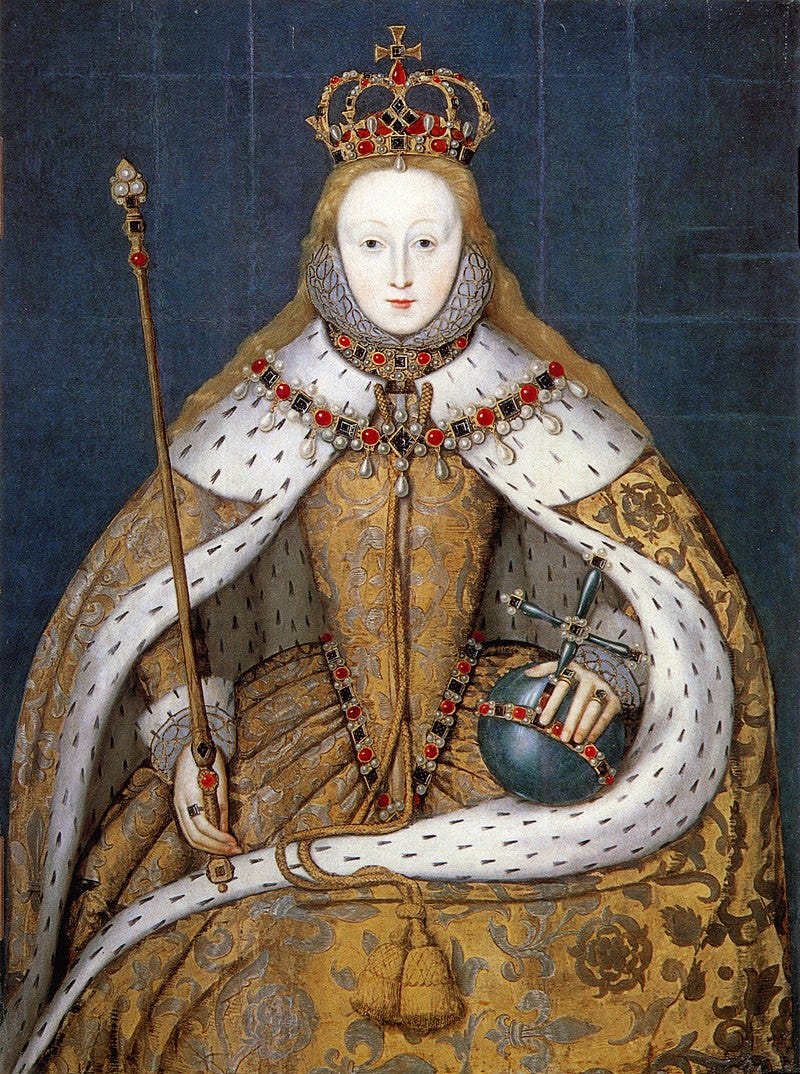
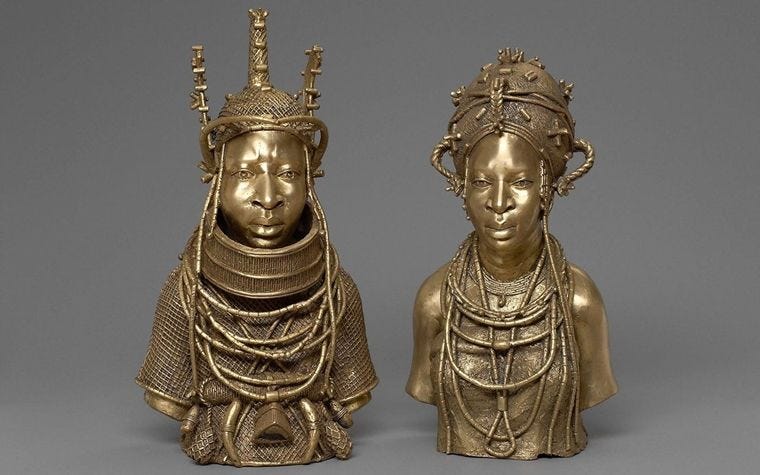
Yesterday's war-torn backwater is tomorrow's global-spanning empire, and next week's international lingua-Franca.
Most war-torn backwater's don't turn into the British Empire of course, but eras of unprecedented expansion usually come from unexpected places. It's interesting to try and predict where will be next, although these trends are probably over too much time to understand anything as it happens, but fortunately that still leaves us history to study!
Another exceptional education. Thank you.